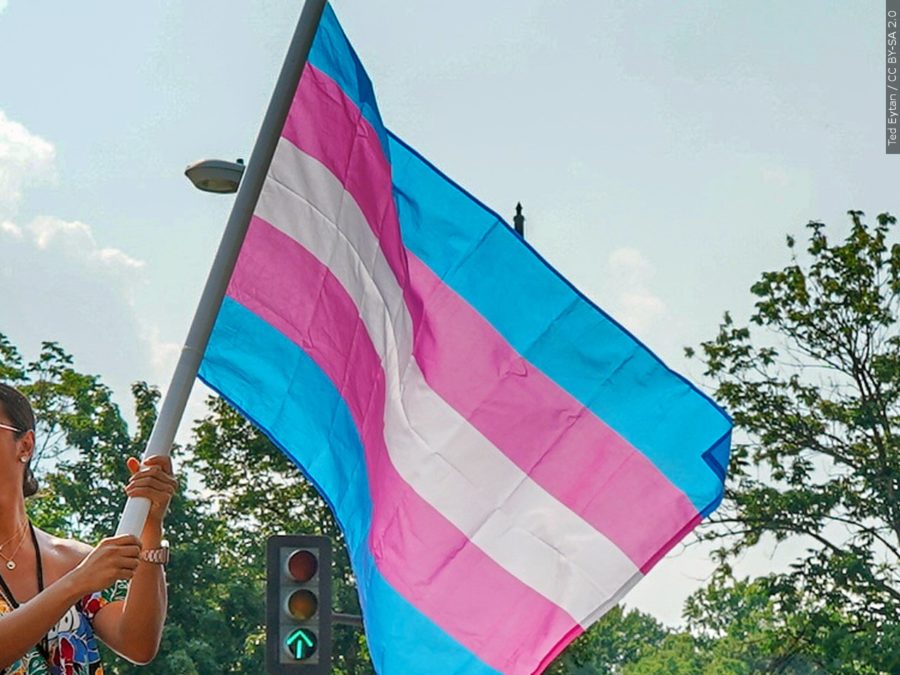The forests of the western United States are facing an assault from a variety of factors, including mismanagement, bark beetles and a warming climate. Wildfires have increasingly become more devastating since 1910. Because of this, Western U.S. scientists are hoping to help federal and state forest management agencies make wiser management decisions.
Dr. Jesse Morris, a geography professor visiting from the University of Utah, shared his expertise about Utah’s forest ecosystems. He addressed Weber State University students as part of the Climate Change and Utah’s Future lecture series on Nov. 19.

According to Morris, humans can control the sources of ignition for a forest fire. They can exercise this control through a proper campfire and firework management plan and by considering the fuel fires can consume.
The data Morris has collected throughout his research with the University of Utah shows that the number of wildfires in Utah spikes during July. July has two holidays that make the use of fireworks prevalent: the Fourth of July and Pioneer Day. During this period, fireworks significantly surpass lightning as the leading cause of forest fires.

Morris claims that modern forestry management within the U.S. started after the Big Burn of 1910. Three million acres of forest burned within two days. Firefighter deaths reached 87, and the damage to personal property was extensive.
In response, the U.S. federal government created the Forest Service. The new agency devoted itself to the elimination of fire from forest ecosystems. According to Morris, this philosophy created the conditions for large and overcrowded forest environments. These overgrown forests provide an abundance of fuel for potentially catastrophic fires.
“With this type of forest condition, there is very, very little we can do in terms of fire management to mitigate [disastrous] outcomes,” Morris said. “We are still seeing severe negative outcomes from wildfire despite our best efforts to eliminate fire from the system.” Morris cited the recent Paradise, California wildfire. That fire was the most devastating in the state and is an example of what can go wrong with forest management and fires.
Morris believes that fire suppression has also enabled increased food sources for bark beetles. The beetles attack the trees in massive swarms, killing large swathes of forest. They will even resort to trying to consume wooden utility poles. The beetles have left large areas of “ghost forest” in their wake.
Amid a warming climate with warmer summers and milder winters, these temperature changes will lead to increased beetle swarms. “The beetles just go bonkers,” Morris said. “They reproduce more quickly [in warming climates]. It is an exponential population growth.”
A warmer climate also allows the beetle swarms to move further north and higher in elevation. Morris added that the beetles are native to the area and are fulfilling their natural role. However, climate change enhances beetle activity beyond historical expectations.
Morris hopes that research like his will help policymakers and the public rethink the way they approach fire and forest management.
“We need a different way to think about how you are going to interact with your forest and what those tax dollars mean,” Morris said. “We cannot just stop fire. That can no longer be the policy.”



















